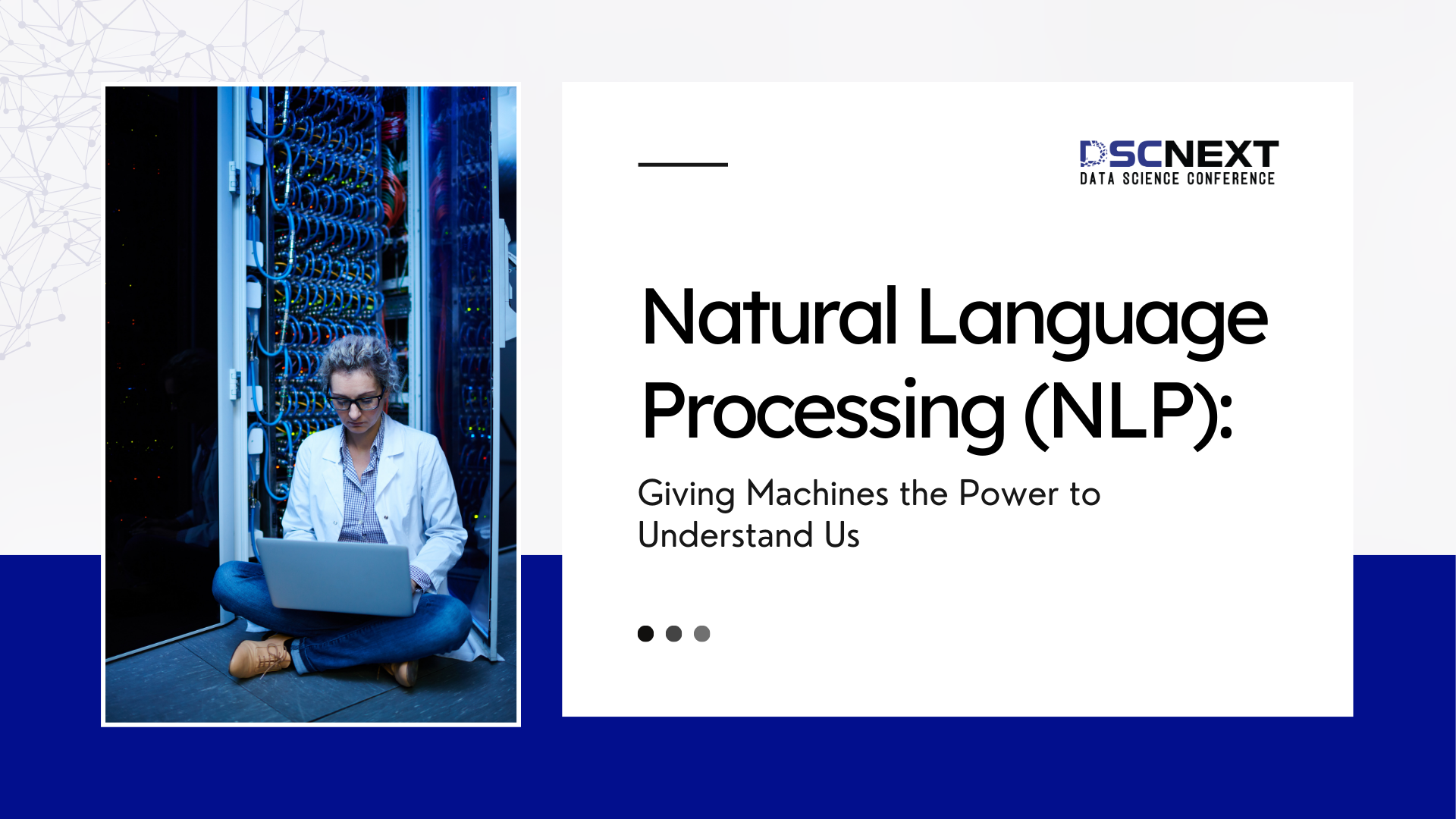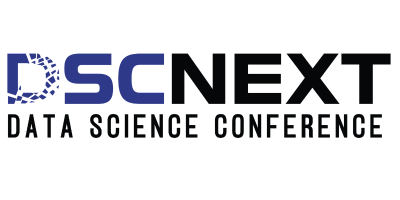
Ever talked to Siri or Alexa and wondered how they actually “understand” you? That’s the magic of Natural Language Processing (NLP)—the technology that enables machines to speak, interpret, and respond like humans. From chatbots handling customer service to real-time language translations, NLP is reshaping the way we interact with technology every day.
By combining computational linguistics, machine learning, and deep learning, NLP bridges the gap between human communication and machine understanding. It’s what allows our devices not just to hear us, but to truly comprehend our intent—and respond intelligently.
Key Components of NLP
To truly grasp language, NLP focuses on several key components:
Syntax: Analyzing grammatical structures to understand sentence composition.
Semantics: Interpreting the meanings of words and phrases within context.
Pragmatics: Understanding language use based on intent and real-world situations.
Discourse: Connecting ideas across sentences to ensure coherence and flow.
These layers work together to help machines grasp both the structure and meaning of human language.
Real-World Applications of NLP
NLP powers a wide range of technologies we use daily:
1. Conversational AI
Chatbots and virtual assistants like Siri, Alexa, and Google Assistant rely on NLP to understand and respond to natural language queries. Businesses use them to automate customer service, cut costs, and improve response times.
2. Sentiment Analysis
Brands monitor customer sentiment on social media, reviews, and forums using NLP. This helps them adapt strategies and improve customer satisfaction.
3. Machine Translation
Tools like Google Translate use NLP to deliver context-aware translations across languages, facilitating global communication.
4. Speech Recognition
NLP enables voice-controlled systems to convert spoken words into text, powering dictation software and smart home commands.
5. Contract Analysis
Legal tech platforms use NLP to extract key data from contracts, saving time and minimizing human error.
6. Market Intelligence
Marketers use NLP to analyze unstructured data from various channels, helping them spot trends and understand consumer behavior.
7. Fraud Detection
Banks and fintechs use NLP to detect suspicious patterns in transaction data and financial documents, aiding in fraud prevention.
Recent Advances in NLP
Thanks to deep learning, modern NLP models like GPT can generate text that is contextually accurate and human-like. NLP also fuels generative AI, supporting innovations like text-to-image generation.
However, the field faces ongoing challenges:
Managing multilingual complexities.
Mitigating biases in data and models.
Promoting the ethical use of personal and public language data.
Conclusion
NLP is not just about teaching machines to talk—it’s about enabling them to listen, understand, and engage. As this technology continues to evolve, it promises to reshape how we interact with the digital world—making communication more natural, inclusive, and intelligent.
Events like the Data Science Conference (DSC) provide a platform to explore such advancements, bringing together experts to discuss the future of AI, NLP, and data-driven innovation. Staying informed and involved through forums like DSC helps us all stay ahead in this rapidly transforming landscape.
References
AI Multiple – NLP Use Cases
IBM – What is Natural Language Processing?
DeepLearning.ai – NLP Resources


